Upper Back
Lower Back
Causes of Low Back Pain Cycling
Some common denominators can come into play that can cause back pain cycling.
- Back posture on the bicycle can strain the lower back, a result of the lumbar spine flexing or pulling up.
- Position on the bike, with an arching back, can strain the back, especially when the bicycle is equipped with aero bars.
- Rough roads can increase jarring and compression to the spine which can lead to low back pain.
- Tight hamstrings can pull on and rotate the hips which thus pulls on the lower back and can cause pain.
- Tight hipflexors can also cause mis-hip alignment which can also pull abnormally on the back.
Upper Back Pain Cycling
Causes of upper back pain are often caused by the position of the handlebars along with other activities outside of cycling.
- Handlebars that are too far forward can cause excessive reaching constantly placing pressure on the upper back into the neck.
- An overly aggressive position will bring your upper body down forcing you to rotate your head up more in order to see where you’re going. This can then place undo stress on your upper back and neck.
- Sitting at a desk all day, particularly with poor posture, can cause tightness in the upper back, neck, and shoulders which can translate into pain on the bike as well if not properly stretched and fixed.
Exams and Diagnosis
- Bursitis — due to repetitive pedaling
- Degenerative arthritis — particularly in older cyclists
- Hyperextension of the neck — causes nerve irritation
- Previous injury to the neck or spine
- Tightness in other muscle groups which pull on the back.
Poor Bike Fit
Trained Experts
Bike Fit Checkup
- Overall size of the bike frame and cockpit
- Saddle height and position
- Saddle width and pressure points
- Width of handlebars
- Head tube height
Cockpit Size
Saddle Too High
Saddle Too Low
Core Strength
What the Pros Say
On The Bike Solutions
- Stand up on the bike: Arch your back — it just feels good. Do it as often as you like to help alleviate a stiff, hurting back.
- Stretch: Stretches keep your hamstrings and spine flexible. If you feel that you’re in trouble on the bike at any mileage, repeat the stretching exercises.
- Stretch the hamstrings and along with the back by keeping your legs straight and even on the ground, and slowly reaching toward your toes. Arching your back slightly can help stretch it as well.
- Stretch the quads and hip-flexors by gently pulling your ankle back toward your butt while balancing on your other leg. Try and keep the hips rotated back (try and push your tailbone toward the ground).
- With your hands over your head, lean to the right and then left creating a sort of “C” with your body. Keep your feet shoulder width apart.
- For the upper back, hugging your shoulders and arching your back forward can help stretch that area.
- In addition, you can pull your head down gently forward which will stretch the neck into the upper back.
- Also, alternate reaching each arm straight up over your head and arching to the opposite side stretching the side of your torso and back.
- Performing the “Eagle Arms” stretch is also very beneficial for alleviating tension in the upper back and shoulders.
- Get out of the drops: Ride with your hands on the hoods or even side by side with the stem. (If you’re not behind another cyclists’s wheel.) This helps to relive pressure on your spine. Move your hands around and find the sweet spot, cruise that way for awhile.
- Ride with good posture: Make a conscious effort to ensure your back is upright and in a neutral position at all times. Try to keep from swaying side to side. This typically indicates that your body is tired and you may end up with poor posture that strains your lower back.
Off Bike Help For Back Pain Cycling
- Core strengthening exercises: Core muscles work together to stabilize and protect your spine. Core exercises help muscles in your pelvis, lower back and hips to work together to alleviate back pain cycling. They will also help you maintain good posture on and off the bike.
- Strength training exercises: Target your major muscle groups such as squats, lunges, and pushups for all-around strength training. This helps you to avoid muscle fatigue, poor posture, and helps to increase your bone density
- Warm-up and cool-down: Start slow and warm muscles up before your ride. Shoot for at least 10 minutes for both the warm-up and cool down. An extra ten minutes on either end helps to prevent strains or tears and helps to increase circulation.
- Get a professional bike fit: Lots of cycle shops offer bike fittings. Make sure you’re working with a certified bike fitter that understands your experience level and that your bike fits your body and addresses any issues specific to you such as leg length discrepancies or other issues.

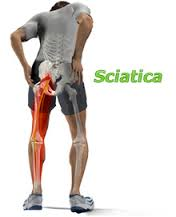
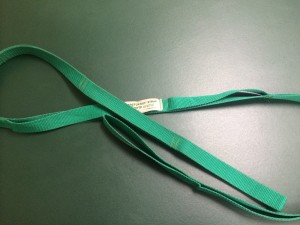
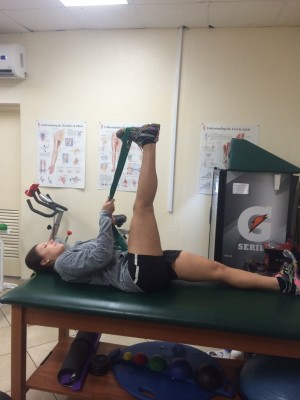
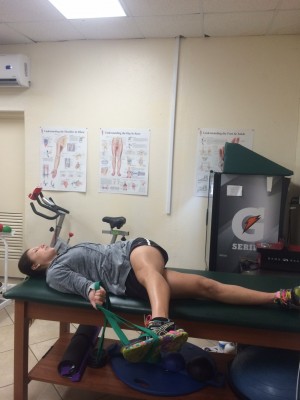
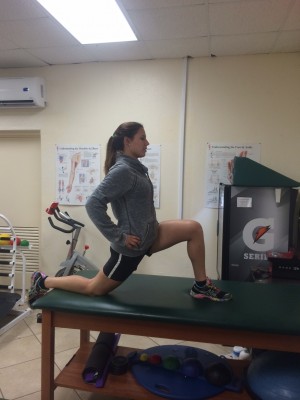
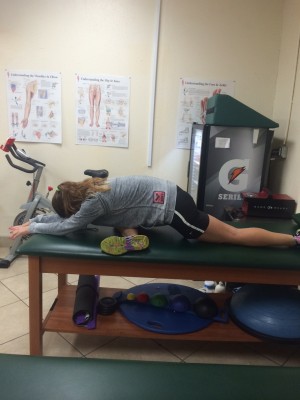

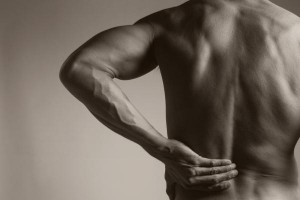 Many people do not like to spend money on one of the most important areas of cycling… Bike fit. A proper bike fit will save you from serious amounts of pain and frustration along with delivering more power to the pedals and a more comfortable ride. It is all too common for a cyclist to be too stretched out on a bike or too low.
Many people do not like to spend money on one of the most important areas of cycling… Bike fit. A proper bike fit will save you from serious amounts of pain and frustration along with delivering more power to the pedals and a more comfortable ride. It is all too common for a cyclist to be too stretched out on a bike or too low.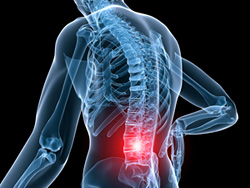 Even riding style can cause lower back pain. If you like to push a large gear then that can put unnecessary strain on your back, especially while climbing up a hill.
Even riding style can cause lower back pain. If you like to push a large gear then that can put unnecessary strain on your back, especially while climbing up a hill.